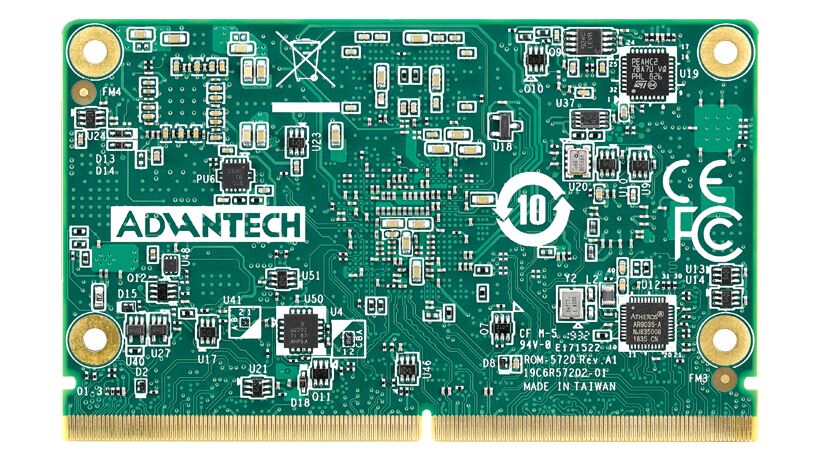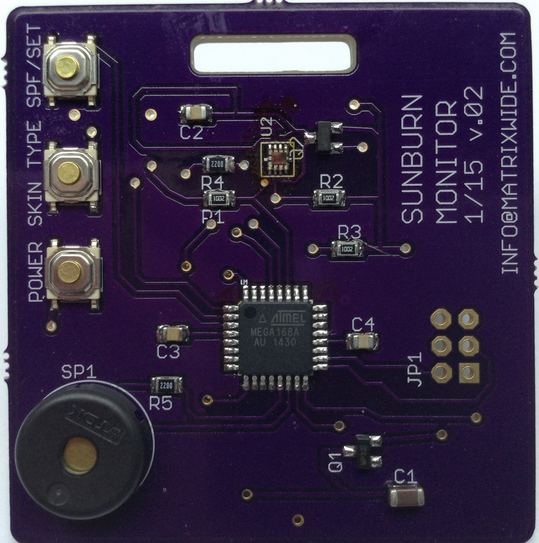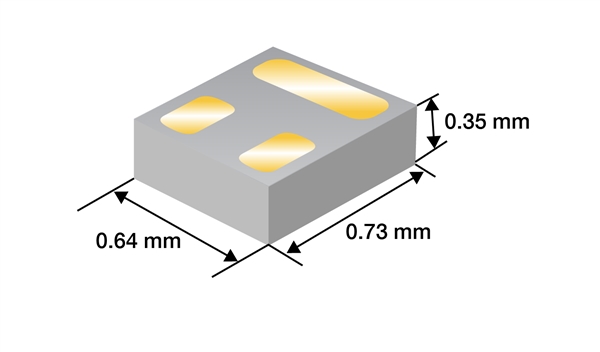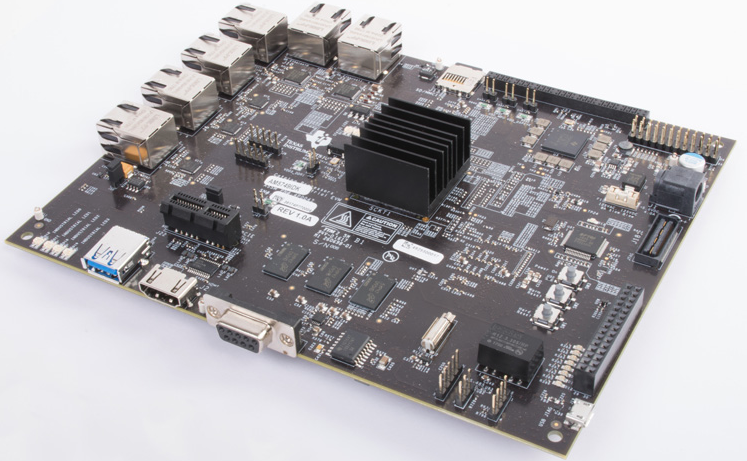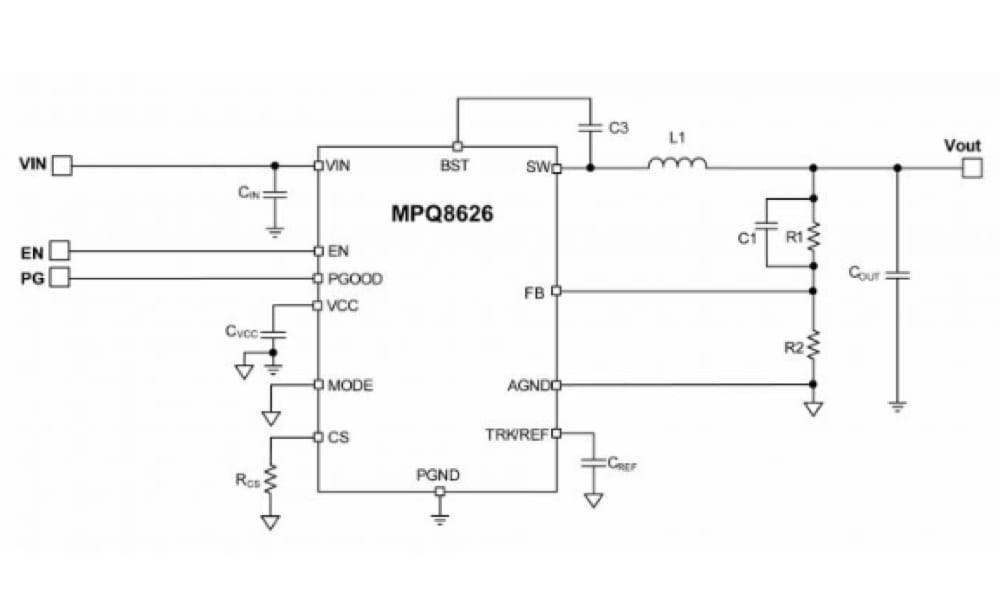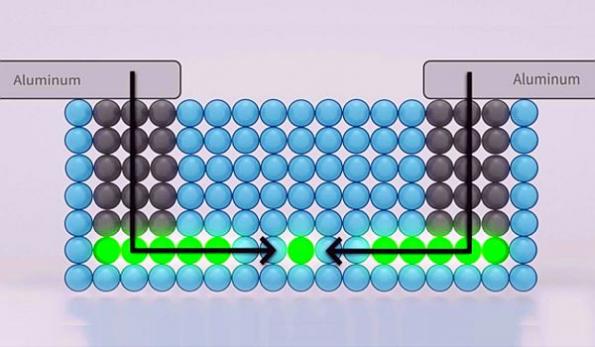
Researchers at the National Institute of Standards and Technology (NIST) and the University of Maryland say they have developed a step-by-step recipe to produce single-atom transistors. by Rich Pell @ smart2zero.com
Transistors consisting of only several-atom clusters or even single atoms, say the researchers, promise to become the building blocks of a new generation of computers with unparalleled memory and processing power, but are notoriously difficult to fabricate in quantity. Now, using the new instructions, the researchers have become only the second in the world to construct a single-atom transistor and the first to consistently fabricate a series of single electron transistors with atom-scale control over the devices’ geometry.
The scientists demonstrated that they could precisely adjust the rate at which individual electrons flow through a physical gap or electrical barrier in their transistor. That strictly quantum phenomenon – known as quantum tunneling – only becomes important when gaps are extremely tiny, such as in the miniature transistors. Precise control over quantum tunneling is key, say the researchers, because it enables the transistors to become “entangled” or interlinked in a way only possible through quantum mechanics and opens new possibilities for creating quantum bits (qubits) that could be used in quantum computing.
To fabricate single-atom and few-atom transistors, the researchers relied on a known technique in which a silicon chip is covered with a layer of hydrogen atoms, which readily bind to silicon. The fine tip of a scanning tunneling microscope then removed hydrogen atoms at selected sites. The remaining hydrogen acted as a barrier so that when the researchers directed phosphine gas (PH3) at the silicon surface, individual PH3 molecules attached only to the locations where the hydrogen had been removed (see video).
The researchers then heated the silicon surface, which ejected hydrogen atoms from the PH3 and caused the phosphorus atom that was left behind to embed itself in the surface. With additional processing, say the researchers, bound phosphorous atoms created the foundation of a series of highly stable single- or few-atom devices that have the potential to serve as qubits.





